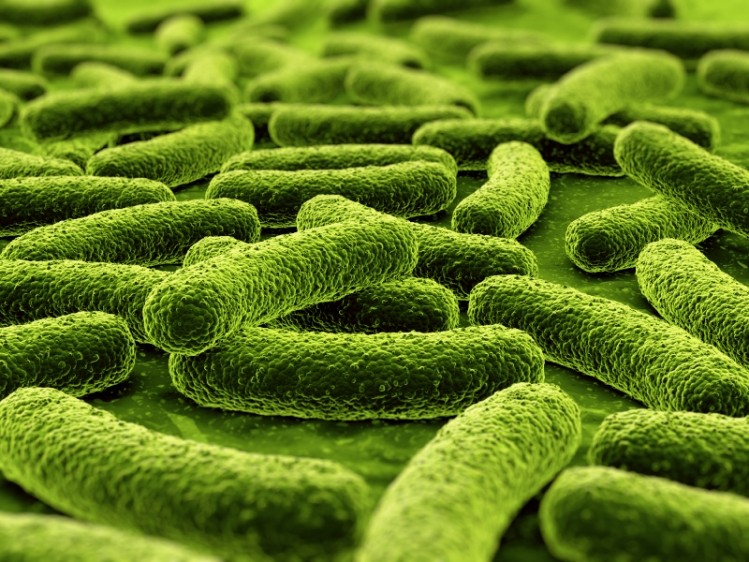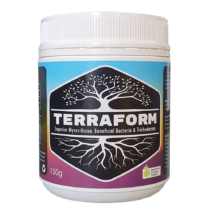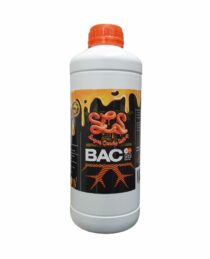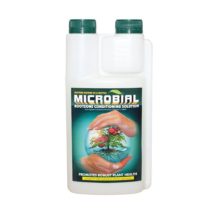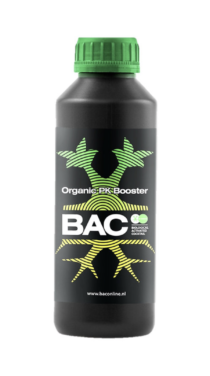Beneficial Bacteria in Hydroponics
Beneficial bacteria play an important role in successful hydroponic gardening and can have a significant impact on plant health and growth.
The Benefits of Beneficial Bacteria
Beneficial bacteria in hydroponics are responsible for several essential functions, including:
- Nutrient cycling: Hydroponic systems rely on a precise balance of nutrients to promote plant growth. Beneficial bacteria can help break down and release nutrients in the water solution, making them more accessible to plants. They also help convert harmful compounds into beneficial ones, such as converting ammonia into nitrate.
- Disease prevention: Pathogenic bacteria can thrive in hydroponic systems, leading to plant disease and decreased crop yield. Beneficial bacteria can help outcompete these pathogens, keeping them in check and preventing them from harming plants.
- Root health: The root system is critical to the growth and health of plants. Beneficial bacteria can help promote root growth and increase the efficiency of nutrient uptake. They can also help prevent root rot, a common problem in hydroponic systems.
- Plant growth promotion: Beneficial bacteria can help stimulate plant growth by producing hormones and enzymes that encourage root and shoot development. They can also enhance the plant’s ability to withstand stress, such as drought or high temperatures.
- Phytohormone Production: Some beneficial bacteria can produce phytohormones such as auxins, cytokinins, and gibberellins that promote plant growth and enhance resistance to diseases.
- Antibiotic Production: Beneficial bacteria can produce antibiotics that inhibit the growth of pathogenic bacteria.
- Induced Systemic Resistance: Beneficial bacteria can stimulate the plant’s immune system to activate systemic acquired resistance (SAR) and induce the production of pathogenesis-related (PR) proteins, making the plant more resistant to pathogenic bacteria.
Common Beneficial Bacteria Used in Hydroponics
There are several types of beneficial bacteria commonly used in hydroponics. Each type of bacteria plays a specific role in the hydroponic system and contributes to the overall health and growth of plants. Here are some of the most common beneficial bacteria used in hydroponics:
- Nitrosomonas: Nitrosomonas bacteria are responsible for converting ammonia into nitrite, which is then converted into nitrate by Nitrobacter bacteria. Nitrate is an essential nutrient for plant growth and is easily absorbed by the roots. Nitrosomonas bacteria are commonly found in healthy hydroponic systems and can be added to hydroponic solutions to jumpstart the nitrogen cycle.
- Nitrobacter: Nitrobacter bacteria are responsible for converting nitrite into nitrate, which is then absorbed by plant roots. Nitrobacter bacteria work in conjunction with Nitrosomonas bacteria to maintain a healthy nitrogen cycle in the hydroponic system.
- Bacillus: Bacillus bacteria are a type of plant growth-promoting rhizobacteria (PGPR) and are commonly found in healthy soil. In hydroponics, Bacillus bacteria can help to improve the overall health of plants by promoting root growth and nutrient uptake. Bacillus bacteria also produce enzymes that break down organic matter and release nutrients for plants to absorb.
- Pseudomonas: Pseudomonas bacteria are another type of PGPR commonly used in hydroponics. Pseudomonas bacteria can help to improve the overall health of plants by increasing nutrient uptake and stimulating root growth. Pseudomonas bacteria also produce compounds that help to protect plants from harmful pathogens and pests.
- Rhizobium: Rhizobium bacteria form a symbiotic relationship with plants, where they fix atmospheric nitrogen and convert it into a form that is easily absorbed by the plant. This helps to reduce the amount of nitrogen needed in the hydroponic solution and can lead to healthier plants.
Beneficial Bacteria vs Mycorrhizae
Beneficial bacteria and mycorrhizae are two types of microorganisms that are commonly used to improve plant health and productivity. Both provide benefits to plants, but their functions, habitats, and applications are different. Beneficial bacteria provide multiple benefits to plants, while mycorrhizae specialize in improving nutrient uptake. Here are some key differences between the two:
- Function: Beneficial bacteria are microorganisms that can live on or inside plant tissues and provide benefits such as nutrient uptake, disease prevention, and growth promotion. Mycorrhizae, on the other hand, are symbiotic associations between plant roots and certain fungi that improve nutrient uptake and water absorption.
- Nutrient uptake: Beneficial bacteria can enhance nutrient uptake by fixing nitrogen, solubilizing phosphorus, and producing plant growth-promoting substances. Mycorrhizae improve nutrient uptake by extending the plant’s root system and increasing the surface area for nutrient absorption.
- Habitat: Beneficial bacteria can be found in the soil, on plant surfaces, and inside plant tissues. Mycorrhizae form associations specifically with plant roots and grow into the surrounding soil.
- Diversity: Beneficial bacteria are a diverse group of microorganisms, including species such as Rhizobium, Bacillus, and Pseudomonas. Mycorrhizae are a specialized group of fungi that form symbiotic associations with plant roots.
- Application: Beneficial bacteria are often applied to plant surfaces or soil to enhance plant health and productivity. Mycorrhizae are often introduced to plant roots or by using soil that contains naturally occurring mycorrhizae.
Beneficial Bacteria in Organic Gardens
Beneficial bacteria play a particularly important role in organic gardening by contributing to healthy soil and plant growth. Here are some ways in which beneficial bacteria contribute to organic gardening:
- Enhanced Soil Structure: Beneficial bacteria produce organic acids that help to bind soil particles together, improving soil structure and reducing erosion.
- Composting: Beneficial bacteria are essential for the process of composting, breaking down organic material into a nutrient-rich soil amendment.
- Seed Germination: Beneficial bacteria can promote seed germination and root growth, leading to stronger and healthier plants.
- Organic pest control: Beneficial bacteria can be used as a natural alternative to chemical pesticides, controlling pests and diseases while avoiding harm to beneficial insects and wildlife.
Using Beneficial Bacteria in your Garden
There are several ways to introduce beneficial bacteria into a hydroponic system. One common method is to use an additive containing beneficial bacteria and other microorganisms that can improve the health and productivity of the system. Other methods include adding compost tea or other organic matter to the nutrient solution, which can introduce beneficial bacteria to the system.
Beneficial bacteria play a vital role in hydroponic systems. They help maintain a healthy balance of nutrients, prevent disease, promote root health, and stimulate plant growth. Incorporating beneficial bacteria into a hydroponic system can lead to increased crop yields, healthier plants, and a more sustainable and efficient growing process.


